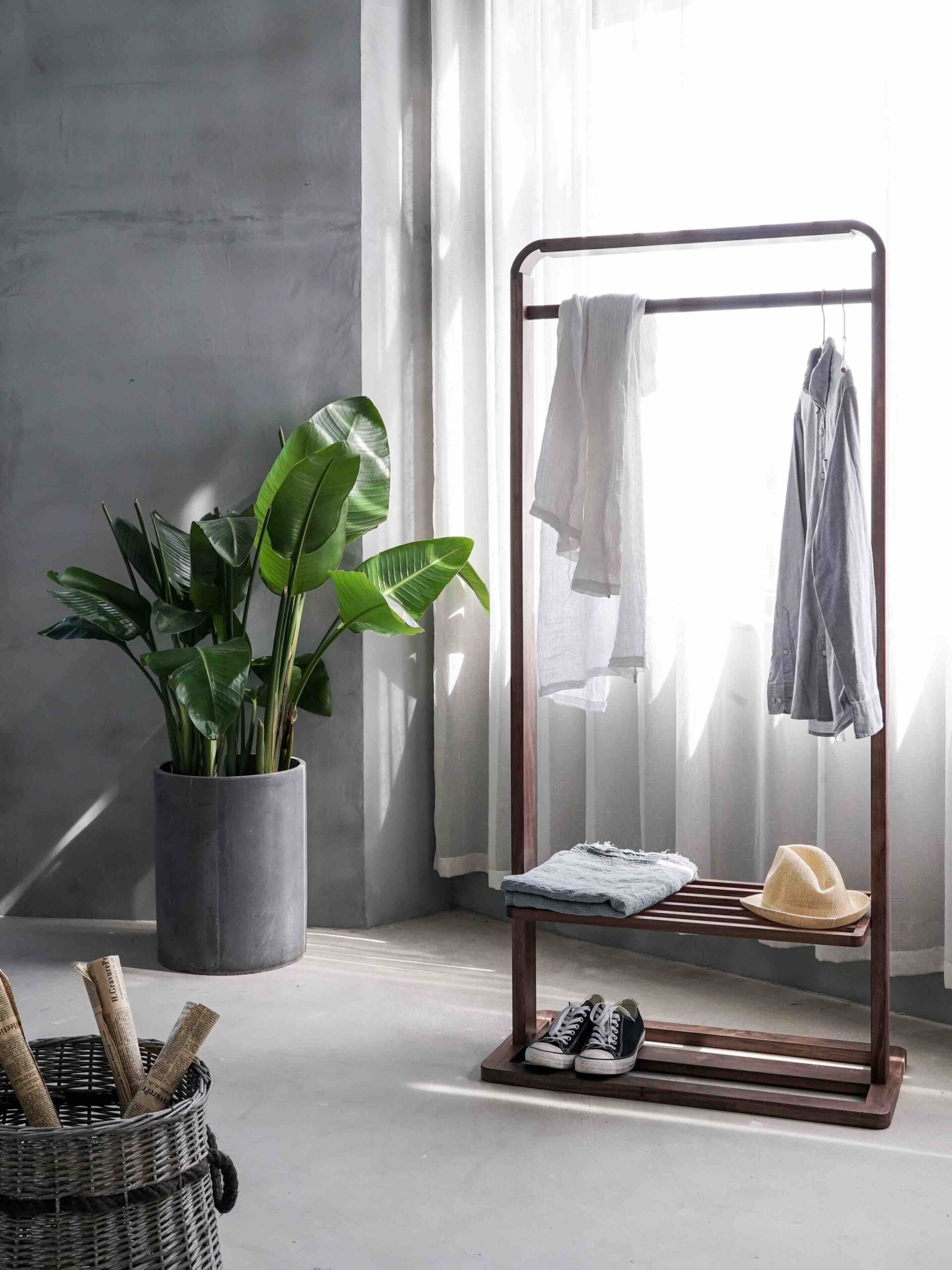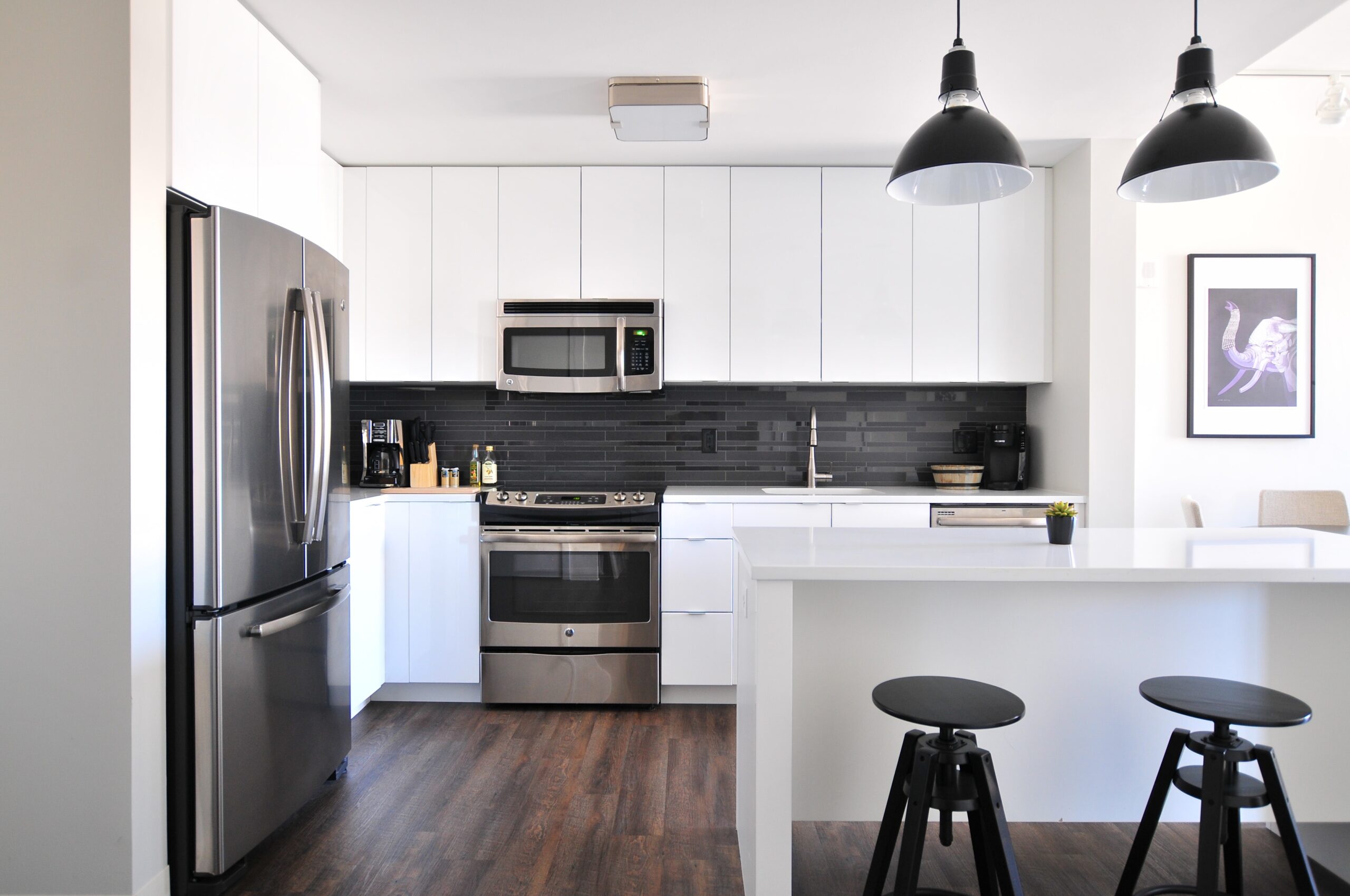Introduction
Creating a mindful and positive living space is essential for our overall well-being. Our surroundings have a significant impact on our mood, productivity, and mental health. By incorporating thoughtful interior design strategies, we can transform our homes into serene and harmonious sanctuaries. In this blog post, we will explore various techniques to create mindful interiors that promote positivity and enhance our daily lives.
1. Declutter and Simplify
One of the first steps towards creating a mindful interior is to declutter and simplify our living spaces. Clutter can be overwhelming and can create unnecessary stress. By removing unnecessary items and organizing our belongings, we create a sense of calm and order. Minimalistic design principles can help us focus on the essentials and eliminate distractions, allowing us to fully appreciate our surroundings.
2. Natural Elements and Biophilic Design
Bringing nature indoors has a profound impact on our well-being. Incorporating natural elements such as plants, natural light, and organic materials into our interiors can help reduce stress, improve air quality, and enhance our connection with the environment. Biophilic design, which emphasizes the integration of nature into the built environment, can be achieved through the use of living walls, indoor gardens, and large windows that provide views of the outdoors.
3. Colors and Lighting
Colors and lighting play a vital role in creating a positive and mindful interior. Soft, neutral tones such as whites, beiges, and pastels promote a sense of tranquility and relaxation. These colors can be incorporated into the walls, furniture, and accessories. Additionally, proper lighting is crucial for setting the right mood. Natural light is ideal, but if that is not possible, warm and dimmable artificial lighting can create a cozy and inviting atmosphere.
4. Mindful Furniture Choices
When selecting furniture for our mindful interiors, it is important to consider both aesthetics and functionality. Opt for pieces that are comfortable, ergonomic, and made from sustainable materials. Furniture with clean lines and minimalistic designs can contribute to a clutter-free and calming environment. Investing in high-quality, durable furniture not only enhances the overall aesthetic but also promotes sustainability and longevity.
5. Personal Touch and Sentimental Objects
Adding personal touches and incorporating sentimental objects into our interiors can evoke positive emotions and create a sense of belonging. Displaying photographs, artwork, or heirlooms that hold special meaning can bring joy and remind us of cherished memories. However, it is important to strike a balance and avoid overcrowding the space with too many personal items, as it can disrupt the overall harmony.
6. Mindful Placement and Flow
The arrangement and flow of furniture and accessories can greatly impact the energy and functionality of a space. Mindful placement involves considering the purpose of each area and ensuring that it serves its intended function. Creating clear pathways and allowing for easy movement can enhance the flow and create a sense of openness. Avoid cluttering walkways and ensure that furniture is arranged in a way that promotes conversation and interaction.
7. Creating Zen Zones
Designating specific areas as “Zen zones” can provide a dedicated space for relaxation, meditation, or mindfulness practices. This can be a cozy reading nook, a yoga corner, or a meditation space. By creating these designated areas, we encourage ourselves to prioritize self-care and reflection, promoting a positive and balanced lifestyle.
Conclusion
By implementing these interior design strategies, we can create mindful spaces that foster positivity, relaxation, and well-being. Remember to declutter, incorporate natural elements, choose soothing colors, select mindful furniture, add personal touches, consider flow and placement, and create dedicated Zen zones. A mindful interior not only enhances our physical environment but also nurtures our mental and emotional states, allowing us to thrive in our daily lives.

